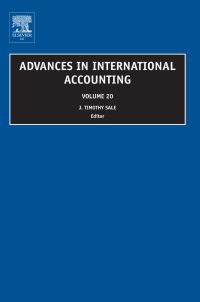One lesson that every company learnt from the impact of COVID-19 is how to best control their costs. This is mostly among companies within the manufacturing industries. For example, Company A, which manufactures various products made out of timber has decided to implement a standard costing system. Its products include dining tables, wooden chairs that it supplies to government schools and the likes. The company has been experiencing serious material shortage over the past two years that it has been in existence. As a way of salvaging the company, the Chief Financial Officer decided that let the company use the standard costing system where each month certain production standards are set, and being followed as such. The company contentontban Time left 1:21:37 The company's cost accountant has supplied the following morreo for the month of September 2021: Budgeted standard information: Number of wooden chairs 500 Number of kilograms for timber required per wooden chair 2 kg @ N$ 6/kg Labour hours required per wooden chair 2 hours @ N$12/hour Variable manufacturing overheard cost per hour N$8 Total fixed manufacturing cost per month N$5 000 During the month of September 2021, the company's records revealed that it managed to achieve 95% of its production target, whereby N$7 560 During the month of September 2021, the company's records revealed that it managed to achieve 95% of its production target, whereby N$ 7 560 have been spent in the acquisition of timber at 5% more than what was budgeted for. Moreover, 90% of the materials (timber) purchased have been used in achieving the 95% production volume. It's the company's policy to absorb overheads on the basis of direct labour hours. Total monthly labour cost amounted to N$11 800. It was established that employees were paid at an hourly rate of N$12.50 total fixed manufacturing overheads amounted to NS4 500, and variable manufacturing overheard cost amounted to NS7080. REQUIRED: Calculate: Marks 1.1. Material variances: (i) price variance 3 (ii) usage variance 3 3 3 3 3 1.2. Labour variances: (1) rate variance (ii) efficiency variance 1.3. Variable manufacturing overhead variances: (0) expenditure variance (ii) efficiency variance (NB: In each case, indicate whether the variance is favourable or unfavourable, and also provide a possible reason why such type of variance occurred.) 1.4. Suppose Company A decides to review its timber requirements in terms of input and set it at 1.5 kg per wooden chair. What effect would this review of 3 3 1.4. Suppose Company A decides to review its timber requirements in terms of input and set it at 1.5 kg per wooden chair. What effect would this review of materials utilization have on your answer obtained in 1.1 (ii)? (Assume that other information remains the same as per the original information)











